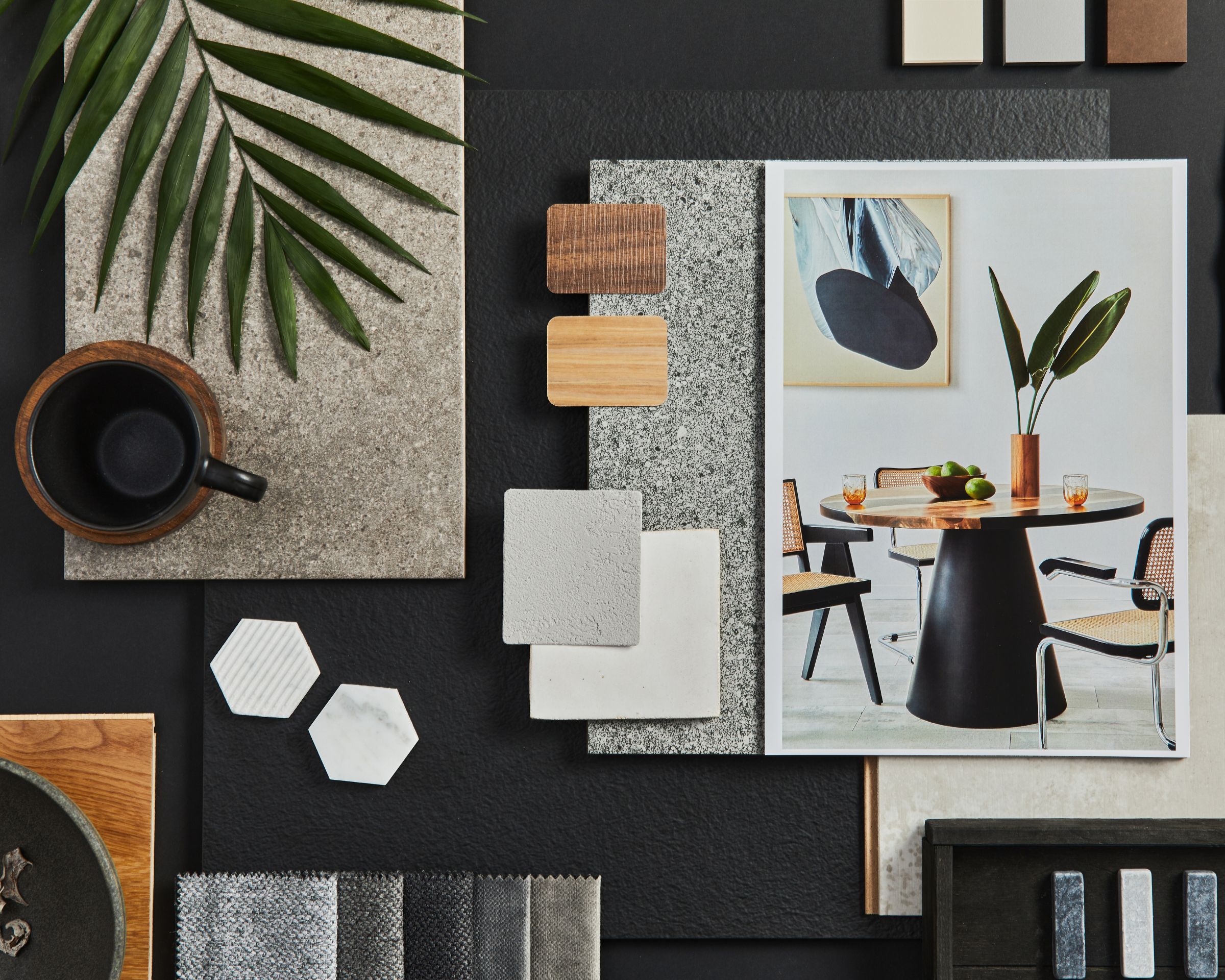Welcome to the Redecor Academy, Redecorators!
Interior design is one of the most rewarding professions out there. Make use of your own creativity to create beautiful (and more importantly, comfortable) living spaces for other people who need a professional’s touch!
In this course, we’ll utilize 12 different lessons to dive into the various aspects of interior design – but first, let’s start with the basics.
Interior design basics are built of a few factors:
- The space – during this course we’ll touch on the differences between 2D and 3D modeling and suggest new and innovative ways to make the limited space you’re allotted work for your ideas!
- Theme – as the professional, you’ll be expected to think of a certain theme throughout the room and stick with it! Lines are an important part of any theme – are you going for a symmetrical or asymmetrical design? The lines in the furniture and patterns you use around the space are your guides.
- Form follows function – this sentence is one that you’ll hear plenty of time throughout your studies of this fascinating field! It means that while your designs need to be functional and comfortable for the clients, they can also be beautiful and tie in together with the theme you’ve chosen. You can choose geometrical forms or natural forms, incorporate them into the patterns and elements you choose around the space – and more!
- Light – lighting helps set the whole mood for the space. Before rushing in to choose lighting, make sure you have a tight grip on the concept you planned for the home and an idea of what the ambiance should look like.
- Color scheme – colors have an incredible effect on humans, as many researchers have shown. Taking extra time to think about your color scheme can pay off in the long run. Colors are another part where homeowners can weigh in their opinion – and where you need to tread lightly to create a good balance between what the client wants and what you know will work best.

Your first task – a Moodboard
What is a moodboard?
A moodboard is a collection of images and materials that help create a vision for a special project. Moodboards help their creators gather inspiration around a specific style or concept.
Why should you create a moodboard?
Creating a vision board for the space can not only help gather your thoughts, but also help spark interest in the clients and help them feel like they’re a significant part of the process. It’s a great way to help you see that your theme pulls together well, that the forms and lines you’ve chosen play off of each other and that your color scheme ties in together. Rushing to design a space is many designers’ Achilles heel! Start out slowly. As a wise man once said, “measure twice, cut once!”
How to make a moodboard
The first phase is to collect reference images that fit the style you’re looking for and create a beautiful collage out of them. Once your collage is ready, it’s time to analyze the images – what are the key elements that pop out from your collage? You’re looking for particular colors, patterns, materials, textures and so on.
After you have a firmer grasp on the elements you’d like to use, you need to collect material samples and create a material palette, which helps you see and feel the materials in real life.

Homework
Now that you’re stepping into the world of interior design, you’ll get to see places with fresh eyes. Ordinary places like your favorite restaurant or the bank you’ve been going to for a decade are going to take on a whole different meaning. Analyze the places you like – why do you like them?
What kind of colors, materials and patterns do you often see used together? How many different metal or wood surfaces have been used in one space? If a place feels cluttered, what would you change to make it less hectic?
Measure the things that you find functional (and the things that are not!). Analyze the shapes and sizes of the furniture – do they go together? Create a list of these things and keep it for review when creating your own rooms.
Practice makes perfect:
Practice today’s lesson on the Season Pass challenge, “Lesson 1”, going live on September 2nd at 3:00 PM UTC














